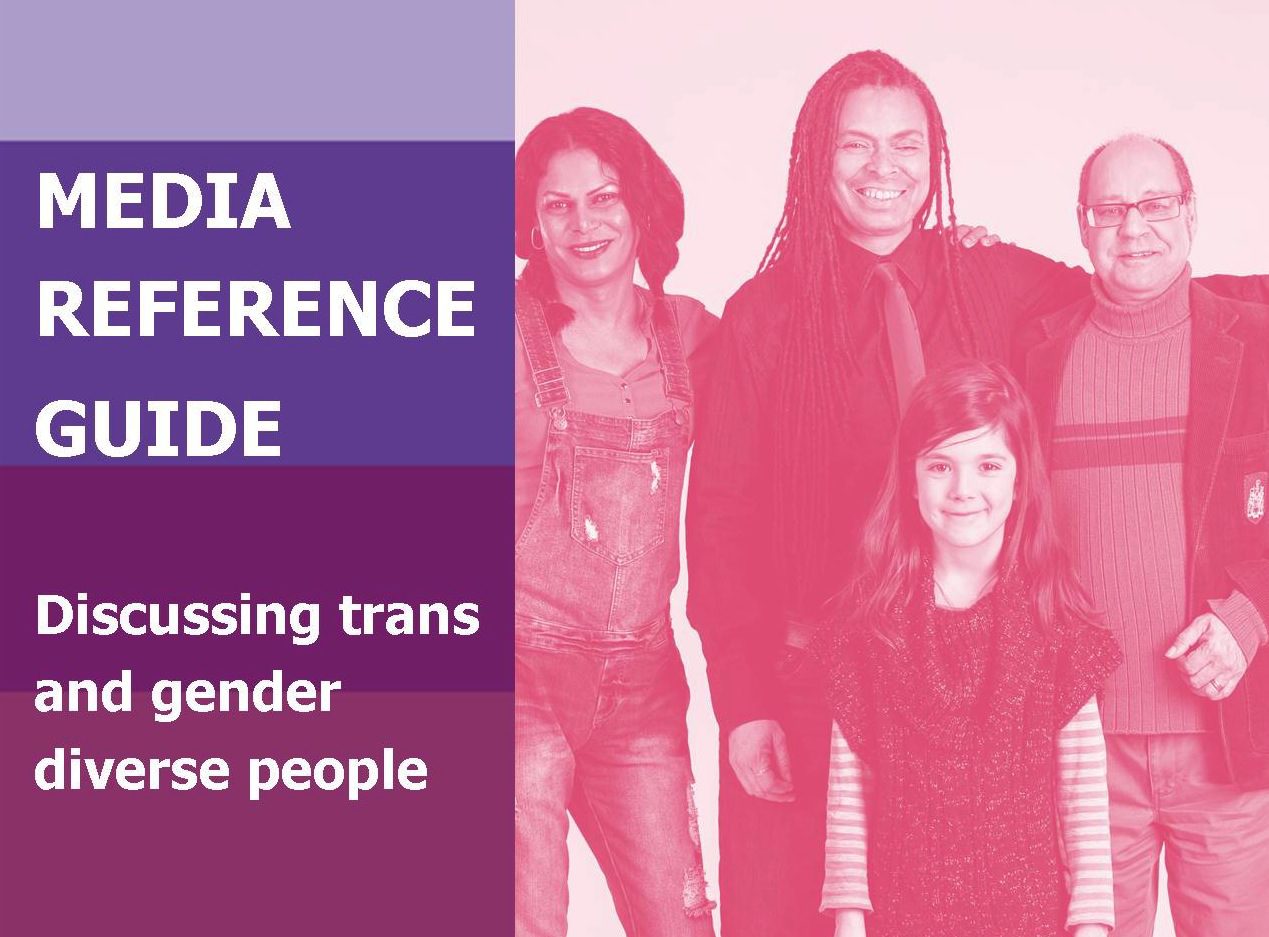Advice for writing about trans people and stories
By H.G. Watson, Associate Editor
After Caitlyn Jenner came out, many news articles continued to refer to her by her previous name.
“Referring to Caitlyn Jenner as her previous name is incredibly disrespectful,” said Steven Little, director of social enterprise, education and advocacy at the 519, a Toronto LGBT community centre.
A new guide produced by the 519 and Rainbow Health Ontario aims to assist journalists writing about gender diverse and trans people and help them avoid being disrespectful. It includes a number of do’s and don’ts, some drawn from the lived experience of trans people who have dealt with media.
It evolved out of the 519’s work on creating authentic and trans-inclusive spaces, according to Little.
Over the past year, the centre’s staff noticed a surge of media attention about trans inclusion. During 2015 and 2014, a number of trans rights bills were introduced at the provincial and federal level in Canada.
As the political conversation about gender diversity grows, so, too, will the stories. “There wasn’t a clear, accessible tool that could be utilized for the media in terms of a Canadian context,” Little said. This guide aims to fill that gap, providing a tool to ensure reporters report about trans people respectfully and accurately.
The guide was the result of a consultation process, including focus groups and conversations with members of the community. “I’m very confident that what we’ve ended up with in terms of the actual document itself really has the voice of a good number of trans community members directly embedded in it,” Little said. “But we are not talking on behalf of anyone—we’re supporting community members to communicate their needs in a co-ordinated way.”
Much of the guide is spent outlining the appropriate terms to use when reporting. For example, it makes clear that people have the right to identify their own gender and pronouns.
Journalists who have questions not covered by the guide can contact Little and his team directly.
H.G. Watson can be reached at hgwatson@j-source.ca or on Twitter.
H.G. Watson was J-Source's managing editor from 2015 to 2018. She is a journalist based in Toronto. You can learn more about her at hgwatson.com.

